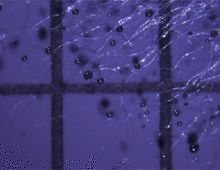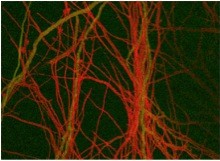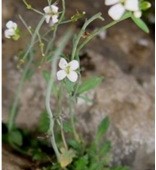Poplar leaf rust genome project on SeedQuest
Sequenced at the DOE JGI using the Sanger platform under the 2006 Community Sequencing Program, the 101-million base pair genome of Melampsora larici-populina, the first tree pathogen sequenced, was made publicly available in 2008. Poplar leaf rust outbreaks weaken poplar trees, a candidate bioenergy feedstock whose genome sequence was published by the DOE JGI in… [Read More]


